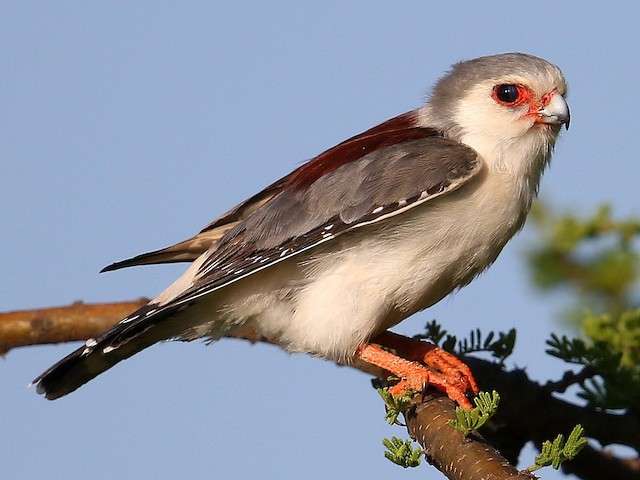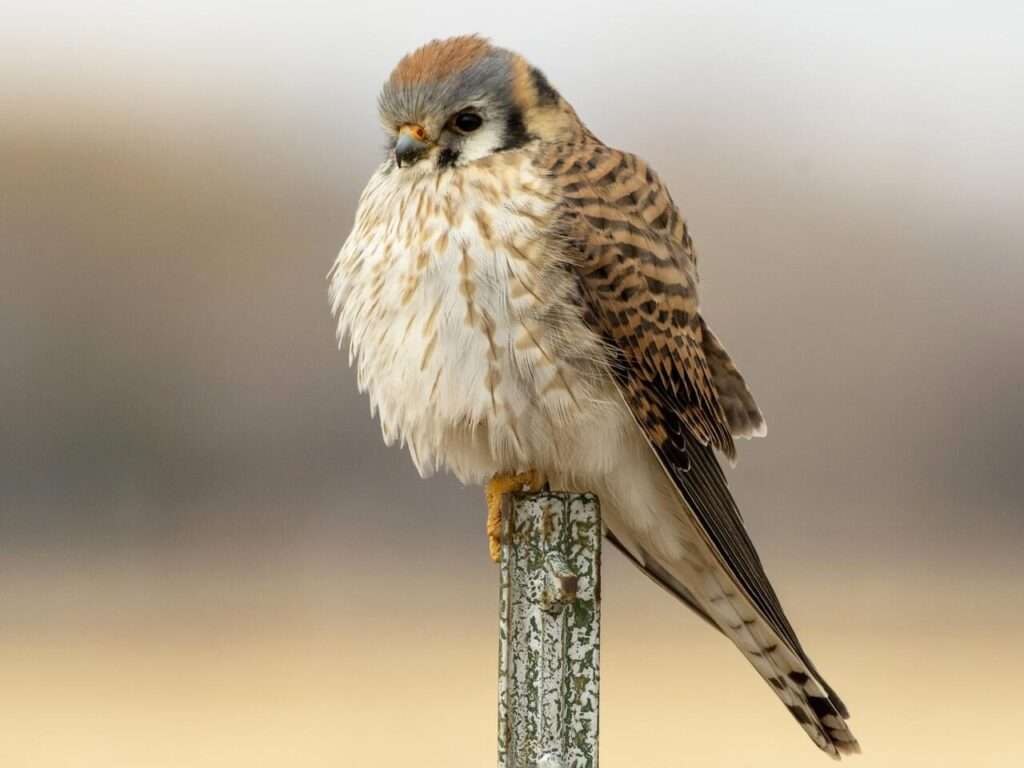
Description
Life span: 8-12 years
Cooper’s hawks are medium-sized birds with long, lean bodies. People who live in the western part of the range are frequently smaller than people who live in the east. While females can reach lengths of 42 to 50 cm, males can reach sizes of 35 to 46 cm. Cooper’s hawks have wingspan measurements between 75 and 94 cm.
In mature Cooper’s hawks, a darker blackish crown stands out noticeably from a paler nape. Their tail is divided into several dark bands and has a distinct white band at the end. Their back is blue-gray. When flying, Cooper’s hawks have long barred tails and rather small, rounded wings.
Native Region/Habitat
They can be discovered all over southern Canada and the US. The majority of the United States is home to Cooper’s hawks all year long.
Numerous varieties of mixed and temperate deciduous forests are home to Cooper’s hawks. They may also endure the entire year in forested mountainous locations, notably in the foothills. In some locations of pure conifer forest, such as the far southern taiga and many areas of the west, the species may also flourish.

Behavior
This species generally appears to be much more active in the mornings as opposed to the afternoons. They wait to ambush moving birds for a substantial amount of the day while remaining ready. An annual migration of Cooper’s hawks occurs between their southern winter area and their summer breeding range.
Cooper’s hawks communicate with one another through vocalizations and displays. They probably rely more on vocalizations than visual displays because of their thick woodland or forest environment, which prevents visual displays from being visible from very far away.
Small mammals and birds are Cooper’s hawks’ primary prey. They also occasionally consume reptiles and amphibians. Cooper’s hawks frequently sit in a concealed location and look about for prey. Before quickly swooping down and catching their prey, they wait until their target is unaware of them.
As a pet/In captivity
Cooper’s Hawks shouldn’t be kept as pets. They are wild birds that are not sociable and need a lot of space to fly. These birds can protect themselves by biting with their powerful beaks and talons when they feel threatened. The possession, capture, killing, or other injury of any hawk species is frequently prohibited.
Table





